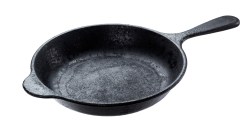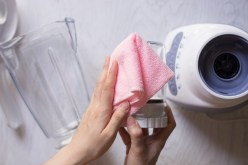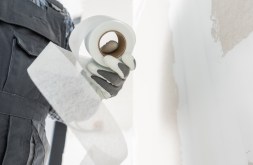A Comprehensive Guide to Solving Keurig Coffee Maker Problems
If you own a Keurig coffee maker, you’re probably familiar with the convenience and quality it brings to your daily cup of joe. However, like any appliance, your Keurig machine may encounter some problems along the way. In this comprehensive guide, we will explore common Keurig coffee maker problems and provide effective solutions to keep your brewing experience smooth and hassle-free.
Clogged Needles: The Culprit Behind Weak Brews
One of the most common issues Keurig users face is weak brews or no coffee at all coming out of their machines. This problem is often caused by clogged needles. Over time, coffee grounds and mineral deposits can accumulate in these tiny openings, obstructing water flow and affecting the brewing process.
To solve this problem, start by turning off and unplugging your Keurig machine. Remove the water reservoir and detach the pod holder assembly. Carefully clean the needles using a paper clip or toothpick to dislodge any debris or buildup. Run a few cycles of hot water through the machine without a pod to flush out any remaining residue.
Inconsistent Brewing Temperatures: Resolving Temperature Issues
Another common complaint among Keurig users is inconsistent brewing temperatures. If your coffee comes out too hot or not hot enough, it can greatly impact both taste and enjoyment.
To address temperature issues, begin by ensuring that your machine is properly preheated before brewing. Preheating ensures that the heating element reaches its optimal temperature for consistent results. Additionally, descaling your Keurig regularly will help remove mineral deposits that can affect heat distribution.
To descale your machine, mix equal parts of white vinegar and water in the reservoir and run several brew cycles without a pod until the reservoir is empty. Then repeat this process with plain water to rinse away any vinegar residue.
Leaking Water: Fixing the Drip
Leaking water is a frustrating problem that can occur with Keurig coffee makers. This issue can be caused by various factors, such as a faulty water reservoir or loose connections.
To address leaking water, start by checking the water reservoir for any cracks or damage. If you find any issues, replace the reservoir with a new one. Next, inspect all connections to ensure they are secure and tight. If you notice any loose fittings, gently tighten them using a wrench or pliers.
If these steps don’t resolve the issue, it’s best to contact Keurig customer support for further assistance.
Error Messages: Decoding Keurig’s Language
Keurig coffee makers are equipped with error messages to help users troubleshoot problems more effectively. However, understanding these messages can be confusing at times.
If you encounter an error message on your Keurig machine, consult your user manual for specific instructions on how to address the issue. In most cases, error messages indicate problems such as a clogged needle or insufficient water level in the reservoir.
Following the troubleshooting steps provided in your user manual should help resolve most error messages. If you’re unable to find a solution or if the problem persists, reach out to Keurig’s customer support for further guidance.
In conclusion, while Keurig coffee makers offer convenience and quality brewing experiences, occasional problems may arise. By following the solutions outlined in this guide and taking proper care of your machine through regular cleaning and maintenance routines, you can ensure that your Keurig continues to deliver delicious cups of coffee day after day.
This text was generated using a large language model, and select text has been reviewed and moderated for purposes such as readability.





